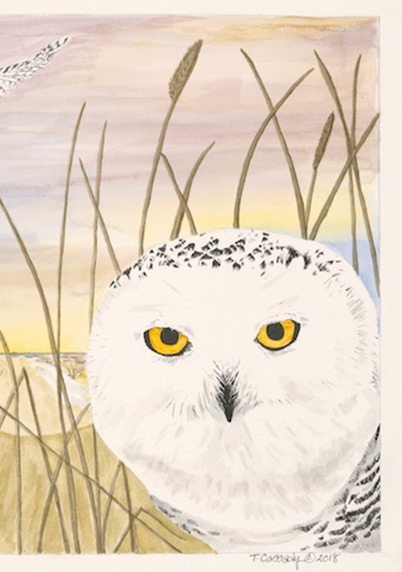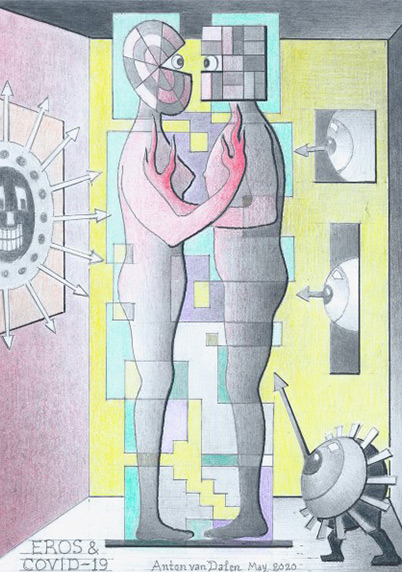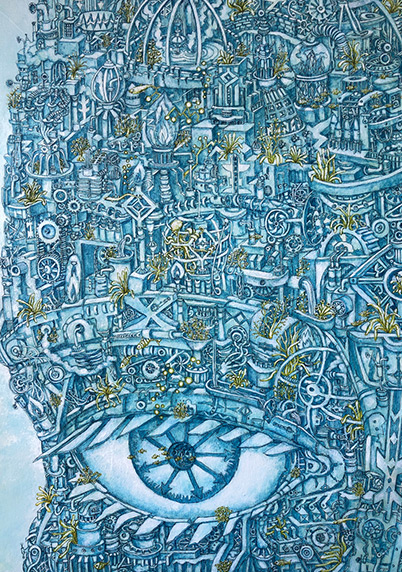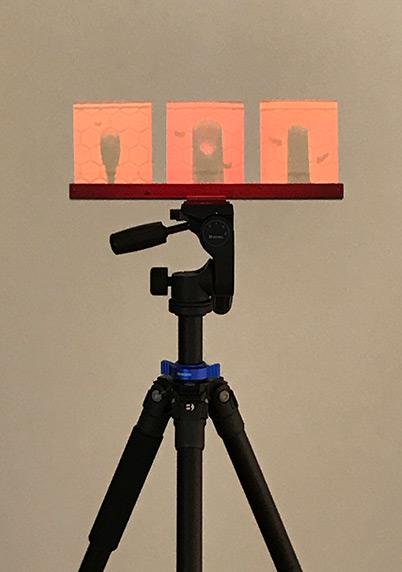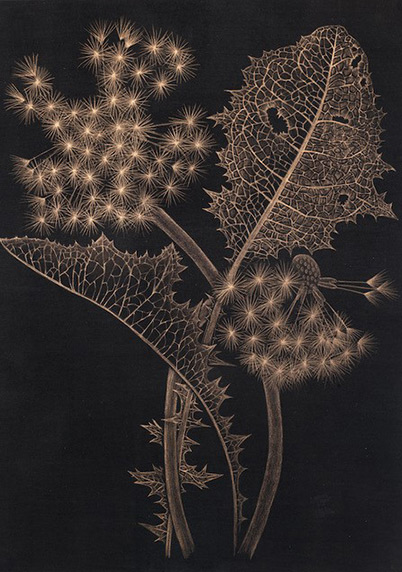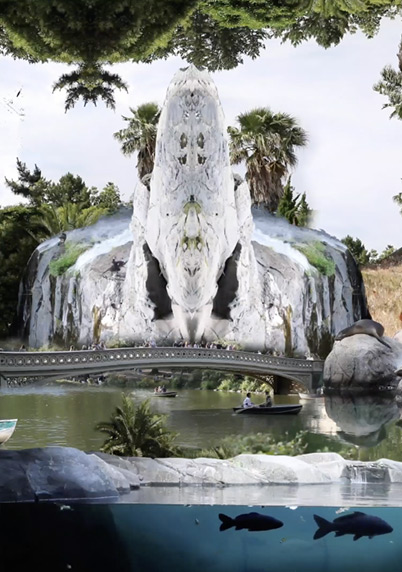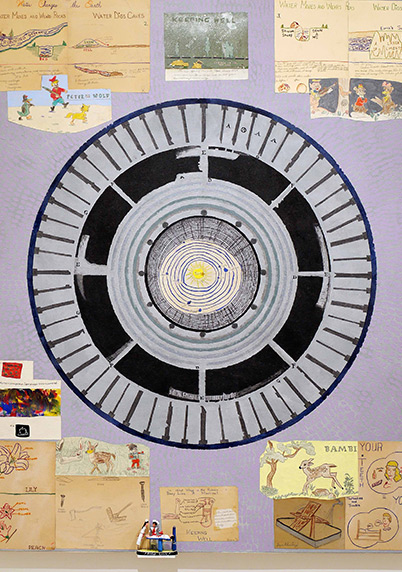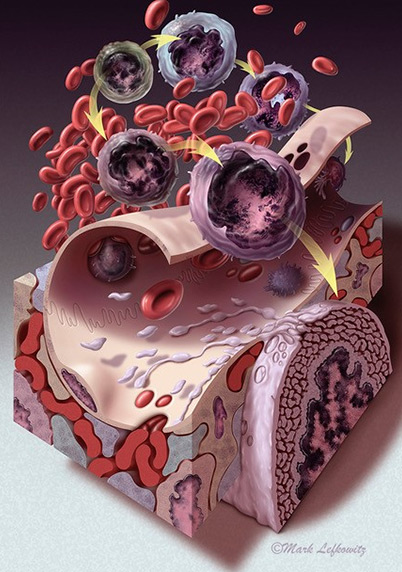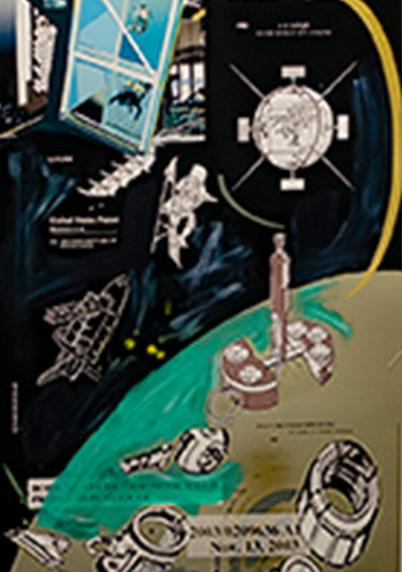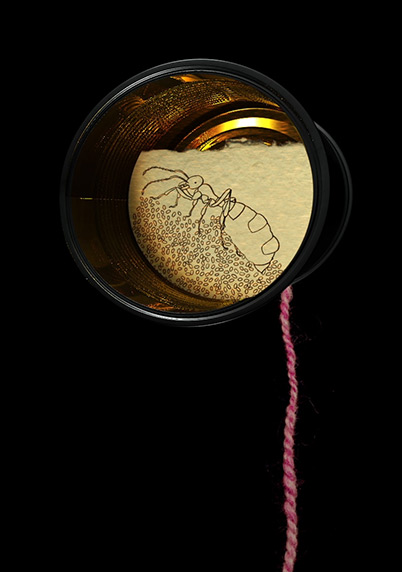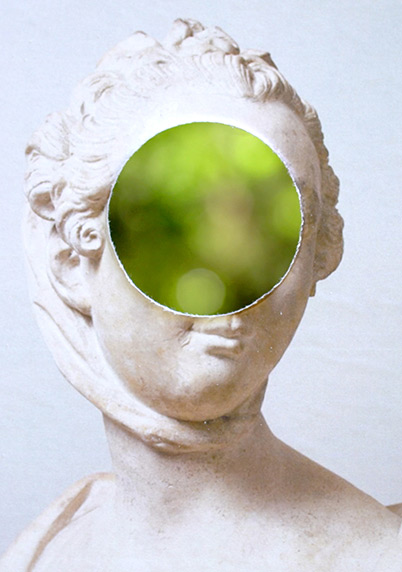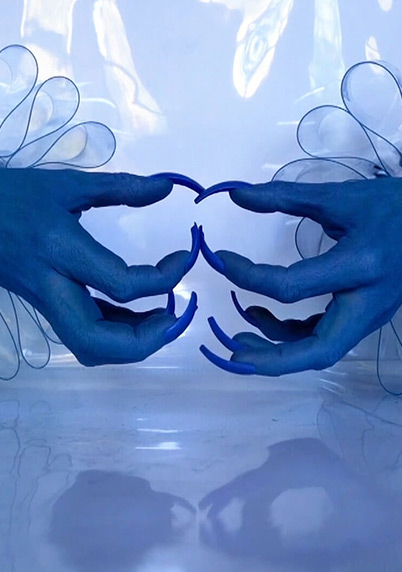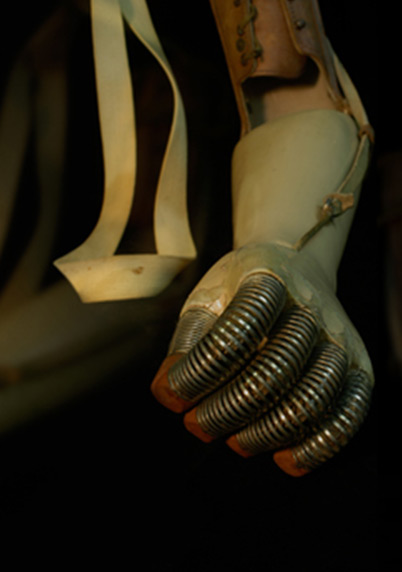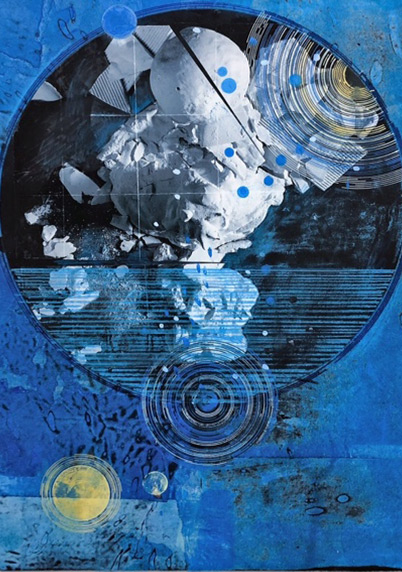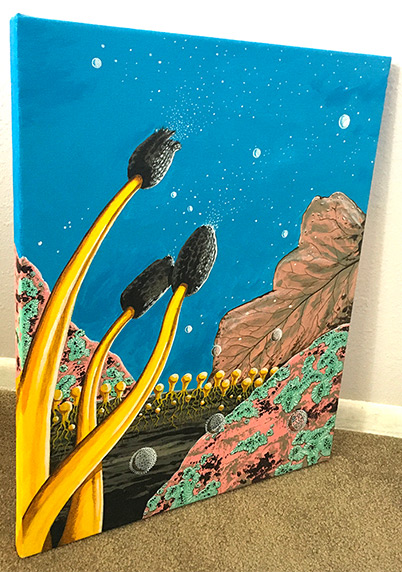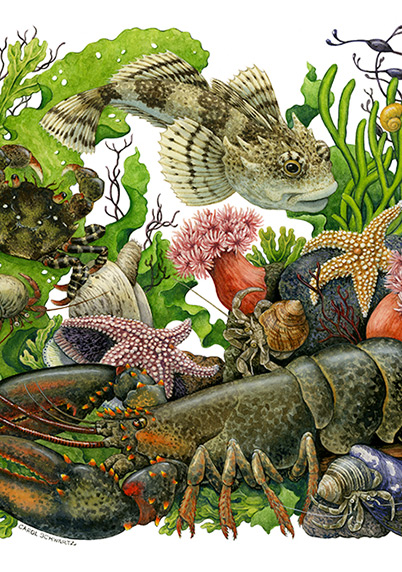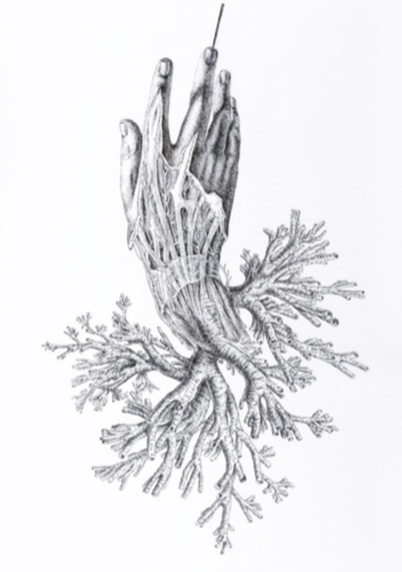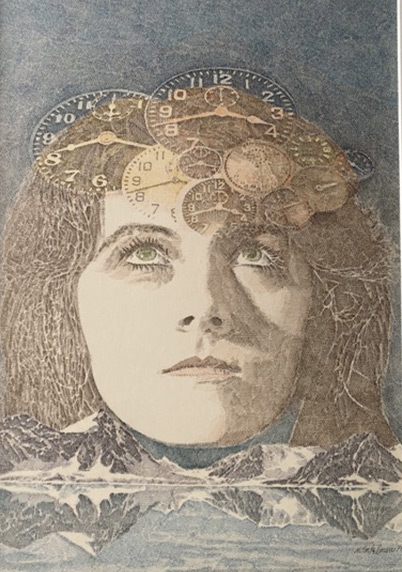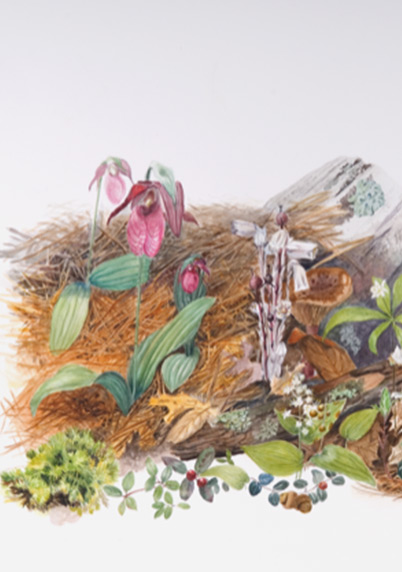- Apply
- Visit
- Request Info
- Give
Precision: Illustrative Technique in Art and Science
Precision: Illustrative Technique in Art and Science brings together 27 artists who are inspired by one goal – to explain scientific facts through evocative visual language. They begin with abstract concepts and transform them into tangible marks of pencil, brush and photo emulsion1 that yield artworks that seduce us intellectually and emotionally. We are empowered to comprehend and delight in the realm of scientific knowledge.
Precision is rooted in the polarities of cognitive and somatic, unique and mass produced, subjective and objective. These interactions are the core thematic for our artists, who are devoted to careful study of scientific facts, data and natural phenomena. Scrupulous visualizations of neurons, cells, plants, human anatomy, geology, astronomy and consumer patterns render the latest scientific discoveries. Discoveries that often only exist in the formulas of researchers until artists perform their magical visualizations.
“Science demands that phenomena be observed with the unemotional accuracy of a weighing machine,” instructs English painter Harold Speed. This “cognitive art” features graphs, charts, diagrams and maps. The biological renderings of Mark Lefkowitz, Patricia Cassady and Carol Schwartz convey the exactitude required by specialized textbooks dedicated to professional and academic audiences. But in the gallery setting, freed from their utilitarian agenda, their artistry can be fully appreciated.
The fine artists in this exhibition start from the same rigorous facts, but quickly detour into the world of emotional engagement and metaphor – and what bright and splendid visions result! They offer un-expected juxtapositions (Angela Su and Ellen K. Levy), shifting time frames (Anton Van Dalen and Aga Ousseinov) that stun the viewer with unexpected meanings. Historically the fine arts looked down on “illustration” considering it merely utilitarian. Today, that distinction has blurred with the growing appreciation and respect for graphic novels, comics and animation.
Over the centuries, the dialectic between the arts and sciences has moved like a pendulum between rivalry and close accord. If artists and scientists prior to Leonardo deployed science and art to support super-natural, religious beings, artists after Leonardo copied human anatomy as a means to empower man with self-knowledge that would guide him to a higher spiritual truth. These disciplines cannot exist without each other, although they continually battle for primacy. This struggle for primacy is richly evoked in the current exhibit.
The cultural world marks C. P. Snow’s 1959 lecture as a definitive account of the “two cultures” of arts and science. It became a metonym for the prosperous future of consumer society promised by scientists, as opposed to the Utopian dreams of artists, poets and other like-minded intellectuals. The fight was well timed in the midst of a Cold War era that privileged the role of scientific and technological expertise.2 This di-vide acquired greater urgency in the 1970s, when student anti-Vietnam war activists accused engineers and scientists of being amoral techno-crats beholden to the destructive technology of the “military-industrial complex.”
None withstanding this disillusion, since the time of Snow’s essay artists have concerned themselves with building rapport between science and the humanities. The New York-based group Experiments in Art and Technology, co-founded in 1966 by engineer Billy Klüver and artist Robert Rauschenberg, was one of them. E.A.T. helped connect engineers and artists and carried out a series of high-profile art-and-technology programs. In 2017, several E.A.T. collaborations that were re-staged at New York’s Fridman Gallery, confirmed that the sciences have still not freed themselves from support our military establishment.3 NASA Artists in Residence (terminated 2005), CAST (Center for Art, Science and Technology) at MIT, and the Antarctic Project are a few of the remaining initiatives that mix artistic passion with scientific experimentation: Precision follows in their footsteps.
Connecticut has produced many excellent artists whose work bridges brain and heart. Orra White Hitchcock ’s highly accomplished renderings of the natural scenery of the Connecticut river valley were essential to her husband’s many geology publications.4 Murray Tinkelman has built the graduate program in illustration at the University of Hartford. His quirky visions of futuristic machines have provided lifelong inspiration for its graduates, among them, Carol Schwartz and Laura Lee, professors of Illustration at Eastern, who explore the depth of emotions behind scientific rendering. These are just some examples that affirm scientific illustration as an art medium par excellence.
Interestingly, “Precisionism” was the first modern art movement in the United States. In 1927 Alfred H. Barr, founding director of the Museum of Modern Art, hailed Precisionists as artists deploying the geometric scrutiny of Cubism with the exactness of photography. Precisionists sought to simplify and distill, rendering a reality straight from the assembly line: rigid, unambiguous and – as the movement’s name indicates – precise.5 Similarly, in our exhibition, a detailed examination of scientific discoveries and natural phenomena is merely an invitation to revel in the artistic imagination. The artists teach us that in the world of illustrative technique there is only one culture: where artists deploy accuracy and illustrators convey passion.
Yulia Tikhonova
Coordinator of Gallery and Museum Services, 2021
